 Monday, September 20, 2021
Monday, September 20, 2021Start Training Your Brain with Good Habits
The brain has the ability to grow, adapt and reorganize by learning from the environment, from experiences and memories, practice and when learning a new skill, this is called Neuroplasticity.
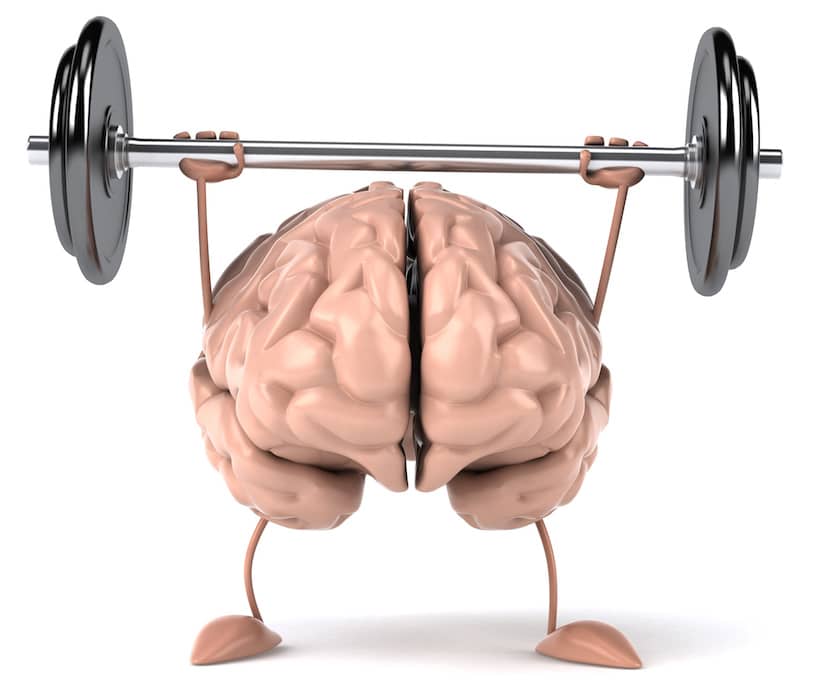
The brain has approximately 86 billion nerve cells called neurons, which have the capacity to create new connections, reorganize pathways and even create new neurons. There are two types of neuroplasticity; 1) structural plasticity 2) functional plasticity (2,3,7,9).
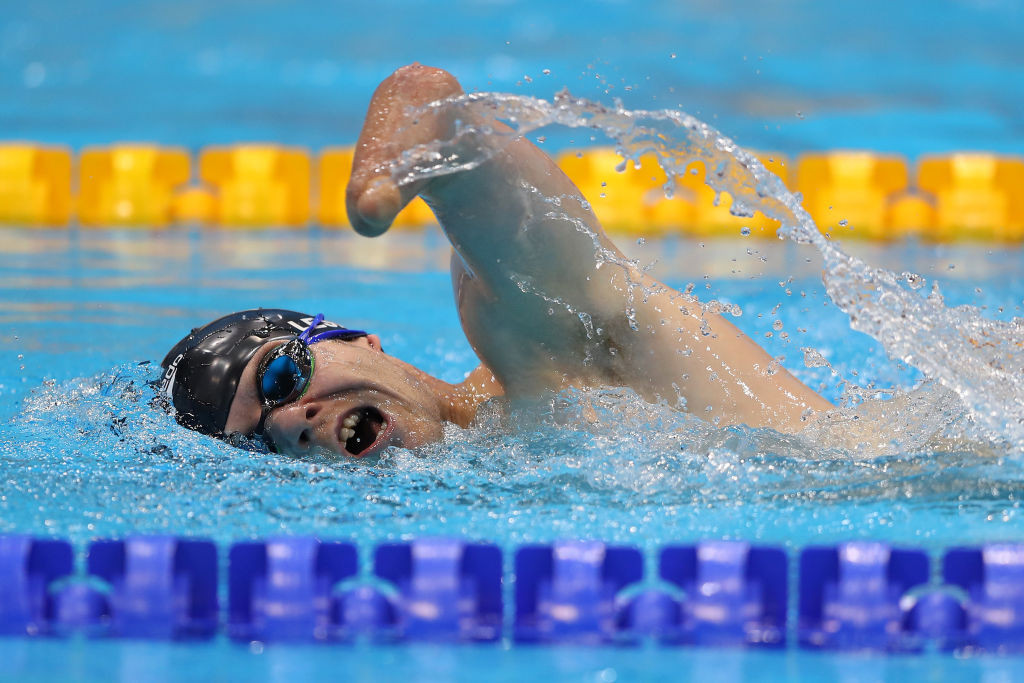
Structural plasticity is the brain’s ability to change when learning from the environment (2,3,7,9). Functional plasticity is the brain’s ability to shift some of its functions from damaged brain tissue to undamaged brain areas (2,3,9). This can be evident from the Paralympics, where bodies of paralympians adapt through training and practice to achieve their racing results (4).

Therefore, no matter young or elderly, handicapped or not, each and everyone of us has the ability to help our brains grow, adapt to challenges and create new connections through neuroplasticity. In children and adolescence, neuroplasticity helps the brain to develop and grow (1,9), in the adult neuroplasticity continues if actively challenge our brain (2,7,9), whilst in the elderly it can assist in slowing down degeneration (5,9).
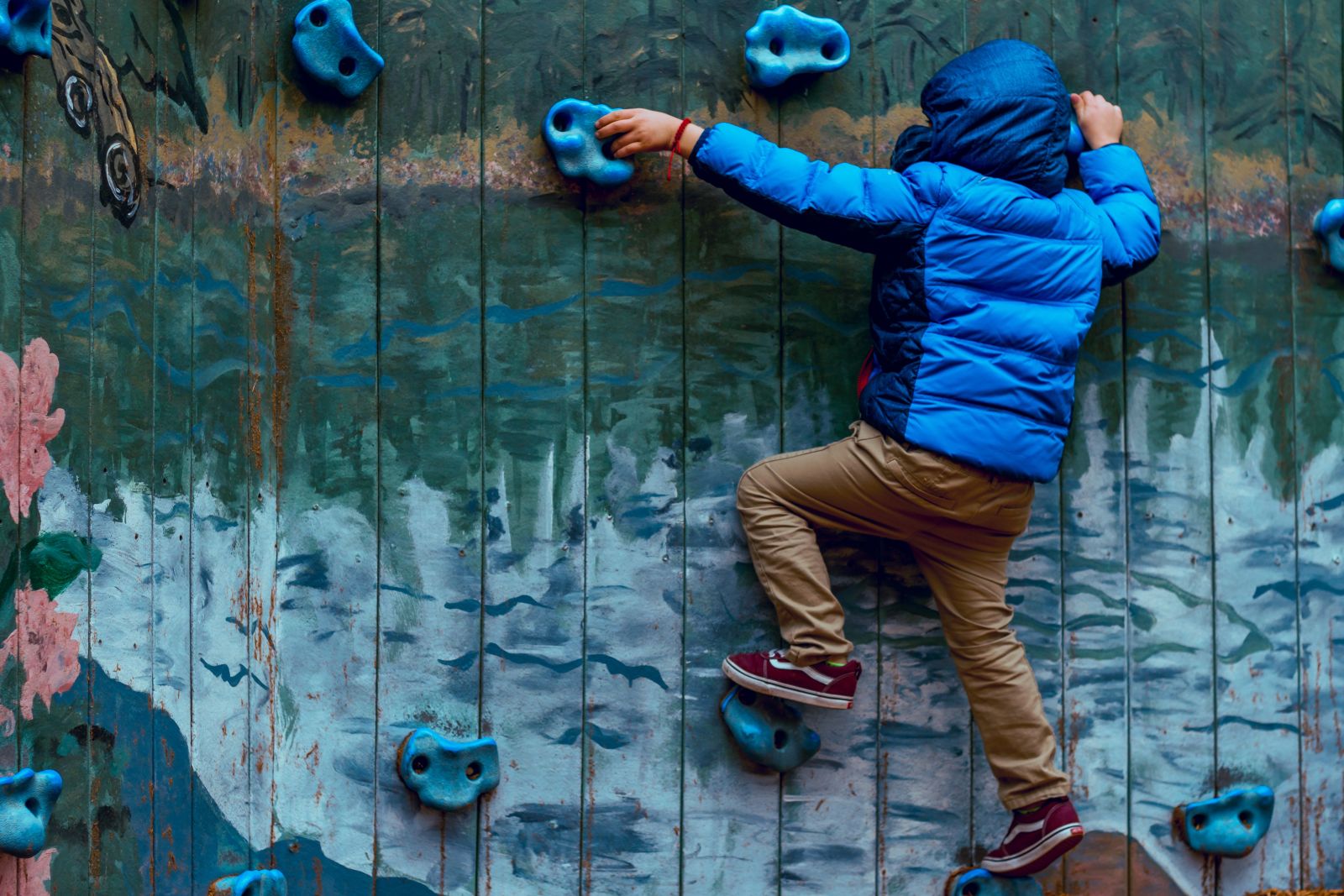
Do small challenges daily to keep your brain active
I suggest do small daily challenges to your body and brain to keep your brain active in various areas, be it musculoskeletal and/or cognitive. Musculoskeletal challenges can include exercises that train weaker areas of your body or improving your sporting techniques (1). It may even be practicing alternative methods in doing housework, ways of carrying groceries, using the computer mouse or keyboard, creating artwork, playing music (6) or improving handwriting skills (7). Cognitive challenges, some examples can include calculations, memory games, playing chess or board games (2).
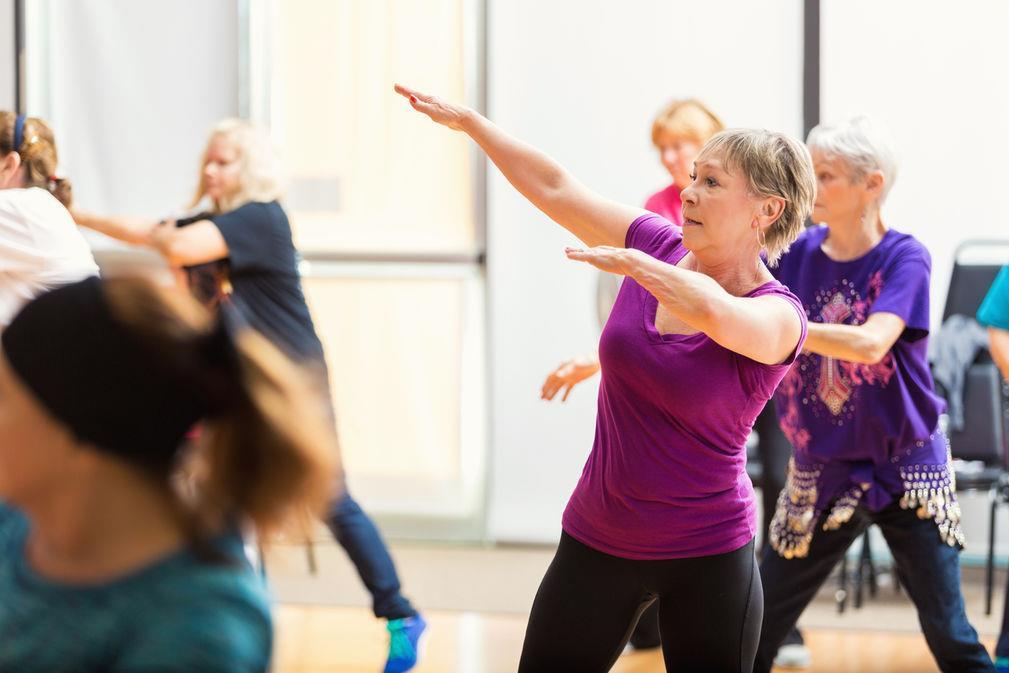
Bad Habits can be changed to Good Habits
If our brain has the ability to grow and adapt, then we have the ability to change our bad habits to good habits (8). If we regularly do bad habits, our body will form stronger neural pathways that reinforce these bad habits, making it easier for them to reoccur (8,9). However, with neuroplasticity, our brains have the ability to rewire these poor neural pathways when we take the initiative to repetitively practice good habits. The more we practice good habits, those neural pathways will become stronger and it will be easier for us to put these good habits regularly into action (8,9).
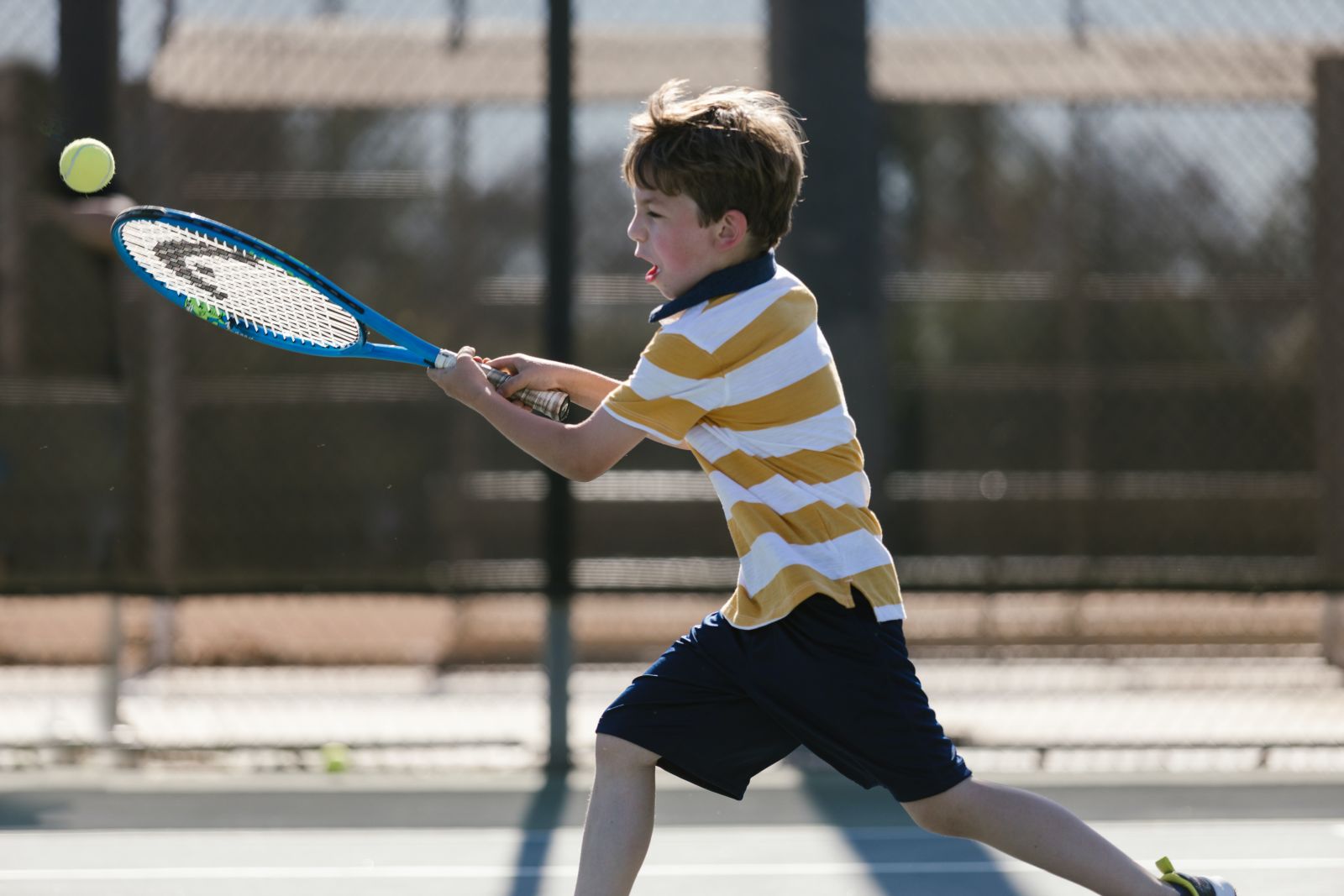
References:
- Diekfuss, J. A. et al. (2021).Targeted Application of Motor Learning Theory to Leverage Youth Neuroplasticity for Enhanced Injury Resistance and Exercise Performance: OPTIMAL PREP. Journal of Science in Sport and Exercise. Vol 3, pp.17–36.
- Douyon, P. (2019). Neuroplasticity: Your Brain’s Superpower, Change Your Brain and Change Your Life. Izzard Ink.
- Doidge, Norman. (2007). The Brain That Changes Itself: Stories of Personal Triumph from the Frontiers of Brain Science. Penguin Books.
- Vanlandewijck, Y. C. & Thompson, W. R. (2011). The Paralympic Athlete. Handbook of Sports Medicine and Science. An IOC Medical Commission Publication. Wiley.
- Chao, Y. P. et al. (2020). Cognitive Load of Exercise Influences Cognition and Neuroplasticity of Healthy Elderly: An Exploratory Investigation. Journal of Medical and Biological Engineering, Vol.40, pp.391-399.
- Siponkoski, S. T. et al. (2020). Music Therapy Enhances Executive Functions and Prefrontal Structural Neuroplasticity after Traumatic Brain Injury: Evidence from a Randomized Controlled Trial. Journal of Neurotrauma. Vol.37 (4), pp.618-634.
- Dinse, H. R. (2020). Neuroplasticity in Humans. Neuroscience for Psychologists. pp.193 – 230.
- Choy, L. (2017). Neuroplasticity and Mental Wellness: Our Path Forward:https://globalwellnessinstitute.org/wp-content/uploads/2018/10/GWI-MWI-WhitePaper2018.pdf#page=19
- Shaffer, J. (2016). Neuroplasticity and Clinical Practice: Building Brain Power for Health. Front Psychol. Vol. 7: pp.1118.

